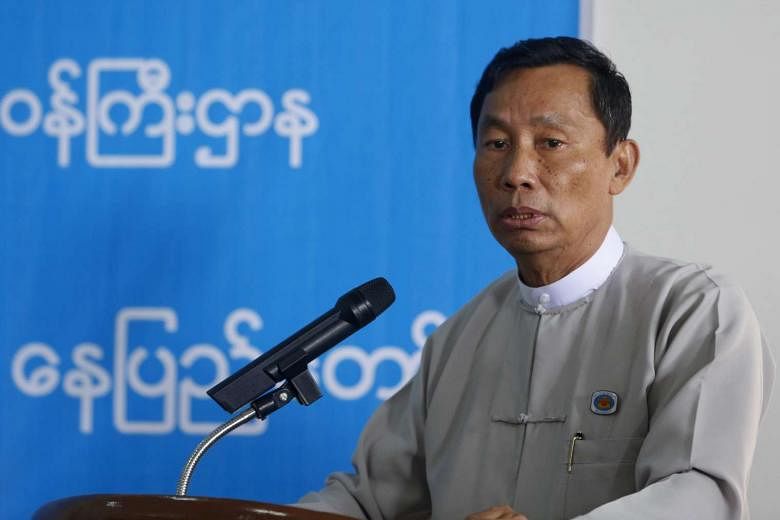On Monday, days after he was purged in dramatic fashion as party leader, Thura Shwe Mann fell in line, handing over to his appointed successor Htay Oo with a handshake before President Thein Sein.
But it is unclear whether he will be eligible for any office if the government, in a process which must have the backing of the army, ensures his further marginalisation. A move in Parliament yesterday that could have done that was only narrowly postponed by his loyalists. On Tuesday, opposition leader Aung San Suu Kyi told reporters when asked about Mr Shwe Mann's ouster: "It is now clear who the enemy is and who is the ally. The National League for Democracy (NLD) will work with the ally."
It is unclear what form the alliance will take. Mr Shwe Mann's rump faction in the ruling Union Solidarity and Development Party could support the NLD in the post-Nov 8 election bargaining to choose the next president. But while Ms Suu Kyi may gain from this, she could lose support elsewhere for associating with a figure from the old regime, however pro-reform he may be. Mr Shwe Mann will gain from closer identification with the pro-democracy NLD and the charisma of Ms Suu Kyi.
Army chief Min Aung Hlaing, in a Facebook comment yesterday, reiterated that the armed forces would accept the results of the election - but also repeated that the army needed to maintain its powerful role in politics.
"What the armed forces appear to be against is a democracy that runs counter to what it perceives as the country's national interests. Preserving the armed forces' continued influence in Parliament would be one such interest," Ms Lynn Kuok of the Brookings Institution wrote last week, adding that the military had agreed to democratic reforms.
The shake-up in the ruling party is unlikely to put the brakes on the reforms or hamper Myanmar's unshackled political landscape. It has, however, in a reminder that the military calls the shots, better defined the army's red lines.

